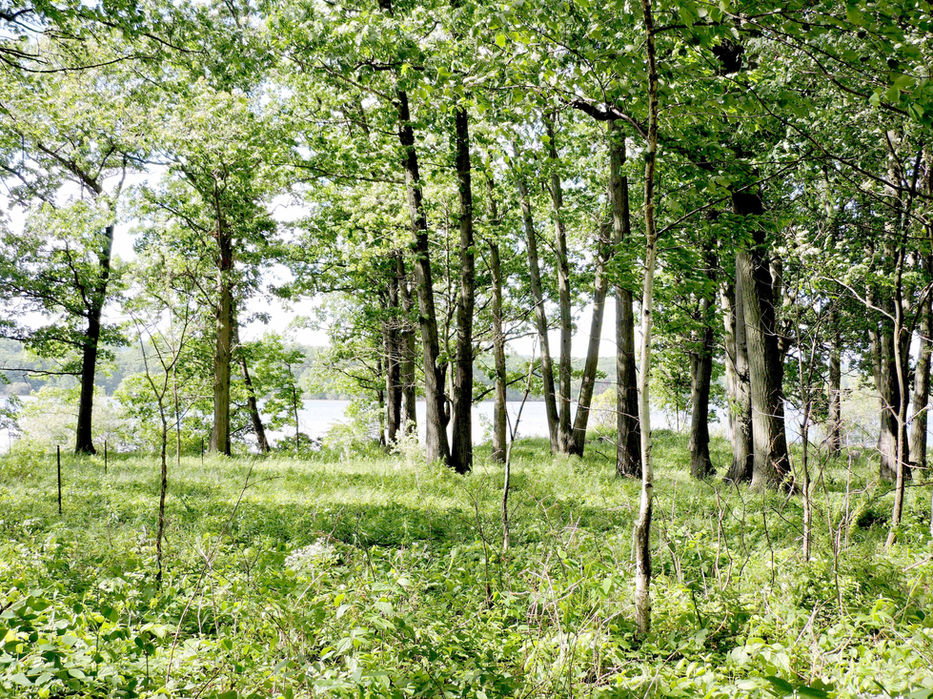Hamilton is known as an industrial center and an arts city. It is also an Eco-city.
At the Urban Forest Lab, our research explores human connection to the land through the arts. Landscape architects have long investigated links between people, health, and nature. Old trees are repositories of memory and are a foundation for sense of place.
We work from this understanding to look at developing underutilized landscapes into naturalized urban spaces, and expand how these environments can support wider ecosystems.
Urban Forest Lab
Urban Forest Lab
Our research at the Urban Forest Lab shows a strong correlation between old trees and urban surface level and underground streams.
For millions of years, plants have shaped our climate conditions and continue to be a part of the urban water story. Trees are nature's engineering system. Urban trees participate in urban hydrology and play an important role in absorbing water.
Ancient, Monumental Trees are especially important in regulating the circulation of water within the earth's atmosphere. Their large root systems take water up from the ground and expire it into the air.
Hamilton is known as an industrial center and an arts city. It is also an Eco-city.
2021- Now
Environmental Artwork
Building Conservation Networks is a multi-sited installation created by Lesia Mokrycke to raise awareness through science-based artworks about the present degradation of the urban forest, and emphasize that by restoring habitat and protecting old-growth trees in urban centers, we can both reduce carbon emissions and protect the planet.
Click on the menu to learn about each tree species, share a story, and view the index. Our research is dovetailing with the local municipality to foster new and innovative approaches to conserve and enhance the urban forest. Made possible through the support of the Canada Council for the Arts.

Building Conservation Networks
Online exhibition
& resource
Monument Trees City Wide
URBAN
FOREST
LAB


Urban Forest Lab

Tree technology is a quiet and miraculous daily event that shapes our world. A tree's method of expiration - evapotranspiration - is their primary ecological function.
"Water moving up, water moving down: this process takes place with as much frequency as our breathing and often goes unnoticed. Through absorption of groundwater and release of gases and water vapour into the air, trees play a role in the creation of our atmosphere."
Trees participate in the circulatory nature of the planet and balance the atmosphere to regulate temperatures across a wide geographic range.





